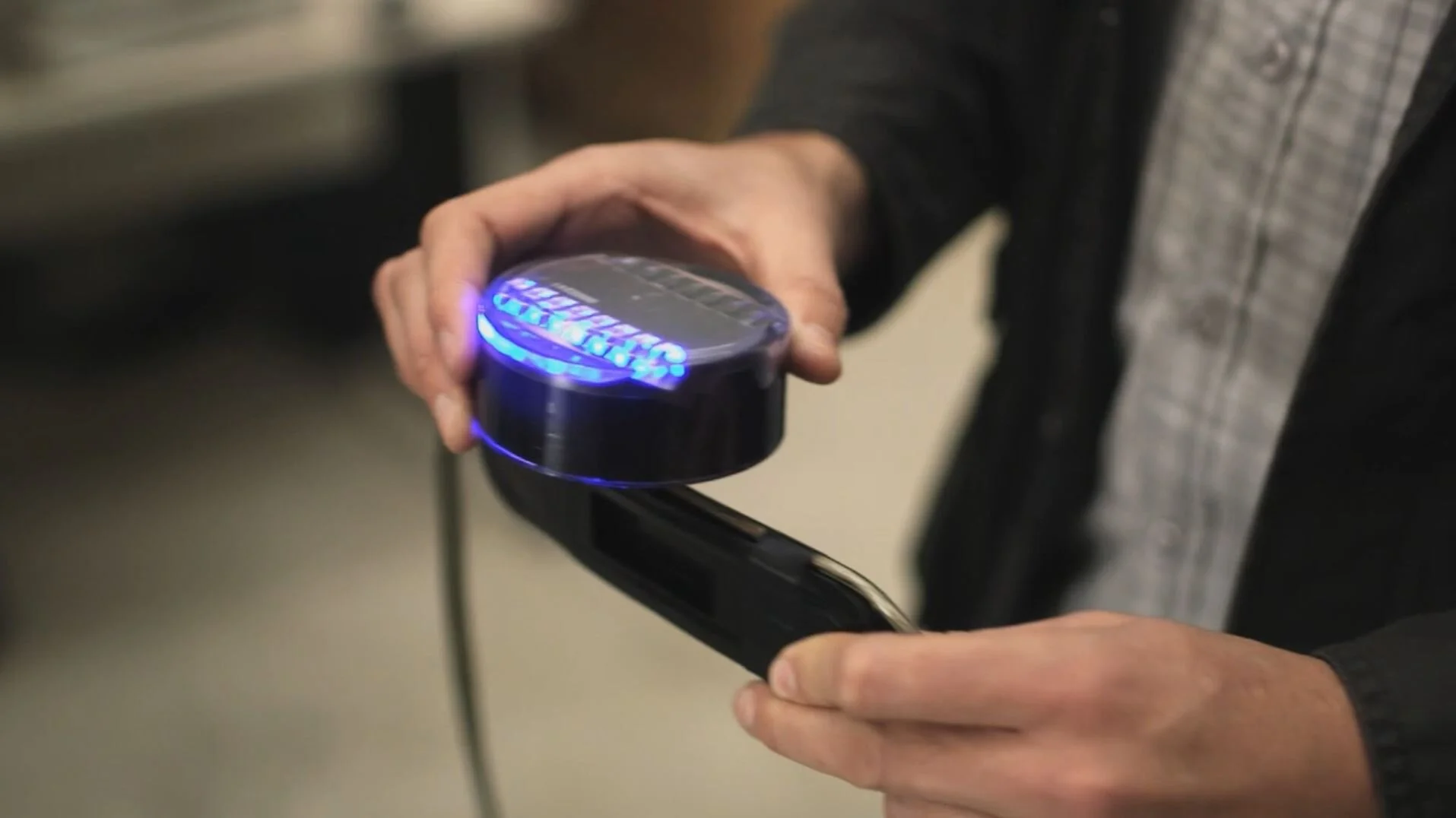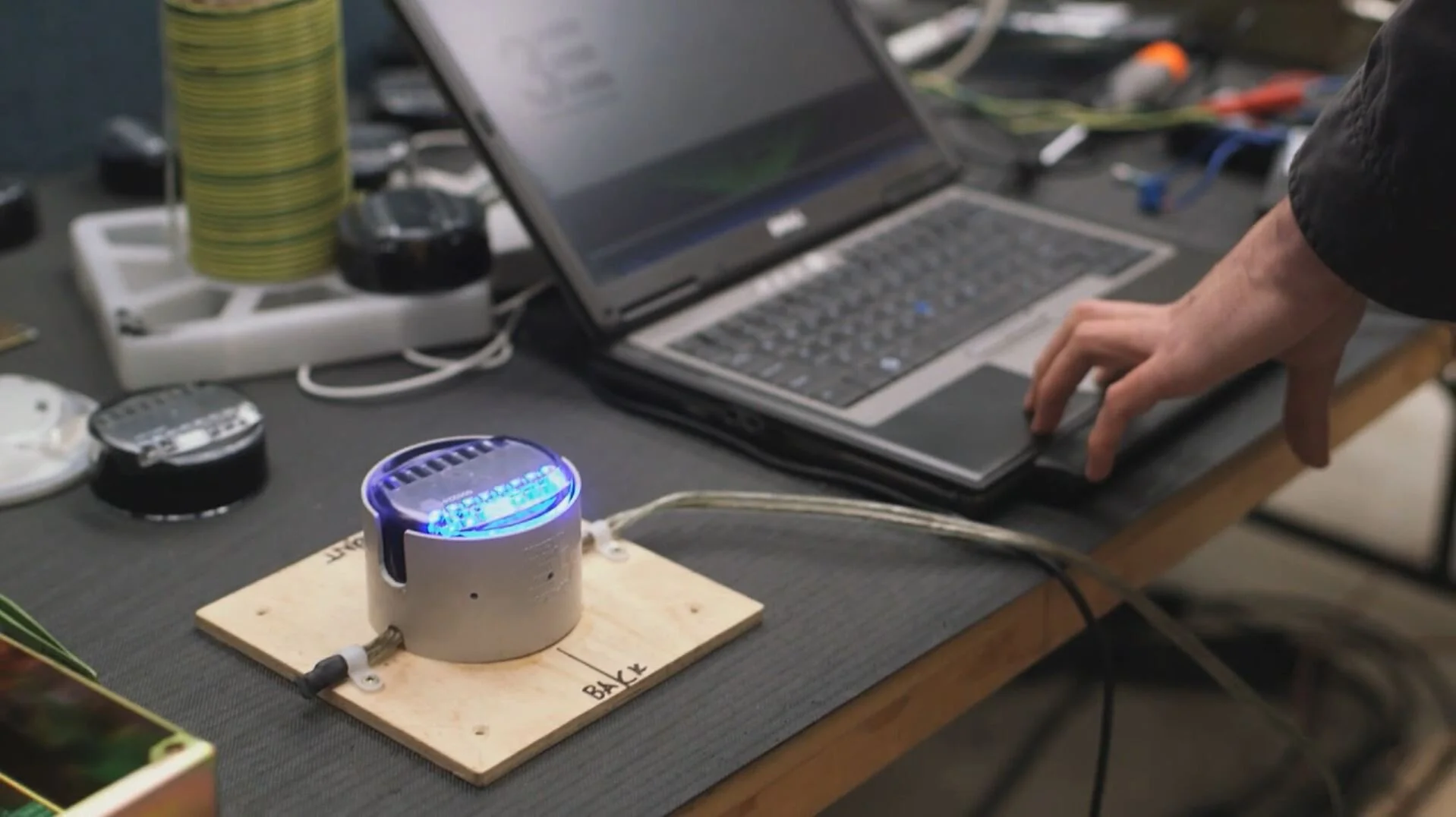01 / Wireless inductive power
Wireless Power
Wireless Inductive Power Transfer (IPT) is the transfer of electrical energy through magnetic induction without the need for wires as a physical link. An IPT system represents a breakthrough in product durability, control and electrical safety.
In inductive coupling (electromagnetic induction or inductive power transfer, IPT), power is transferred between coils of wire by a magnetic field. An alternating current (AC) through the transmitter coil creates an oscillating magnetic field by Ampere's law. The magnetic field passes through the receiving coil where it induces an alternating EMF (voltage) by Faraday's law of induction, which creates an alternating current in the receiving coil that powers the LED’s or other devices.
The inductive system is very simple to use and install, with a minimum number of components. A single power supply can power and control up to 200 markers over a distance of 2.5 km. The use of inductive power reduces the total cost of ownership and enhances the return on investment in LED lighting solutions.


